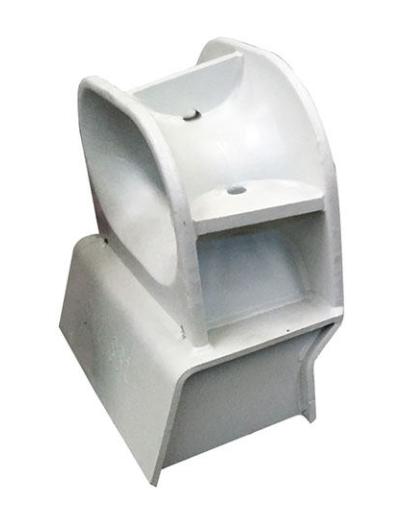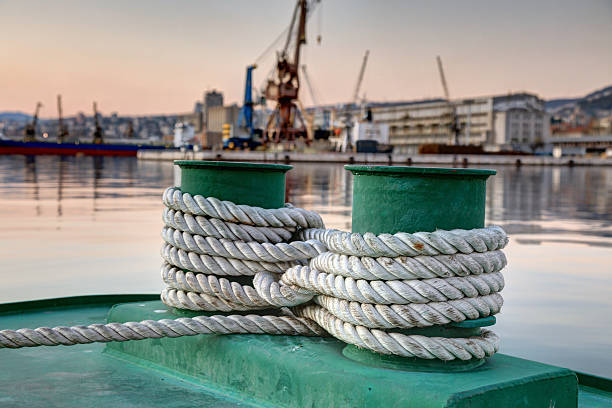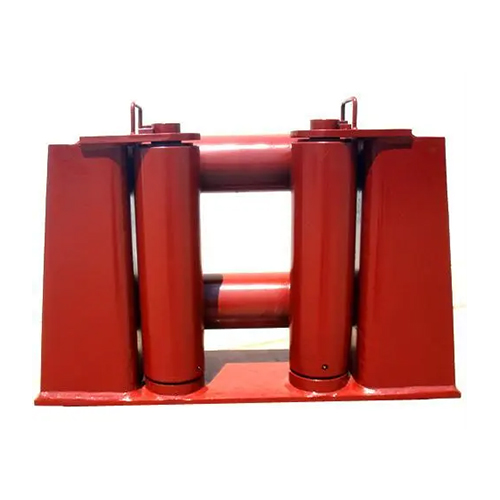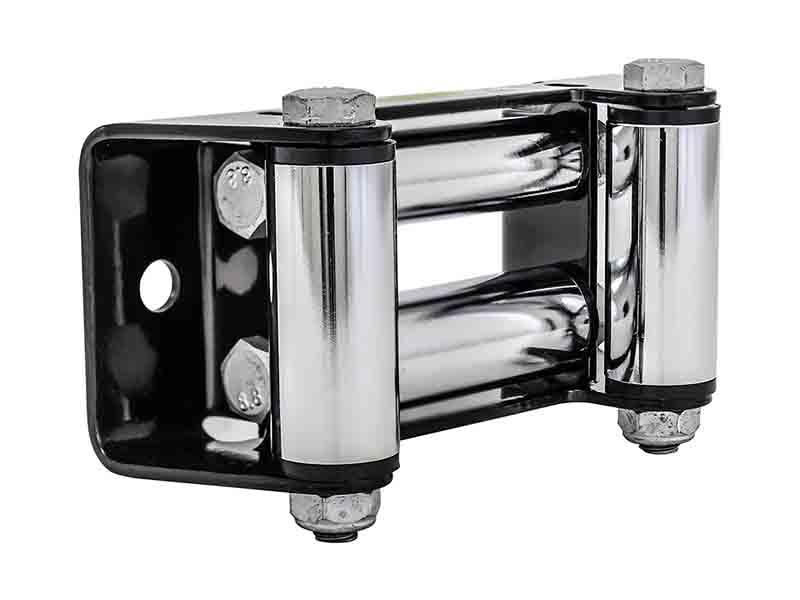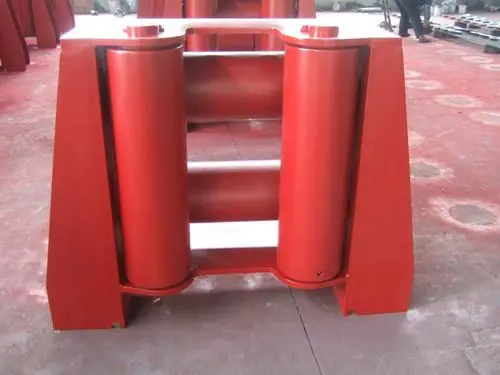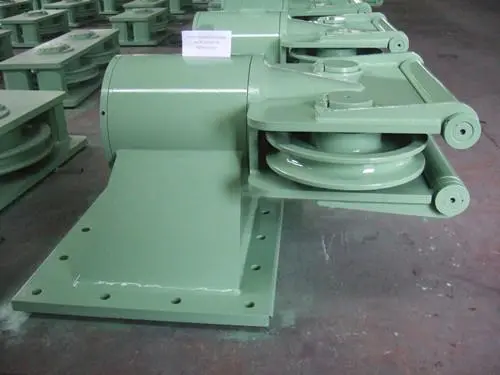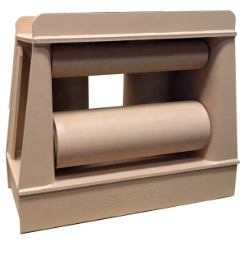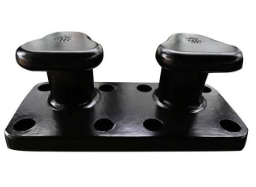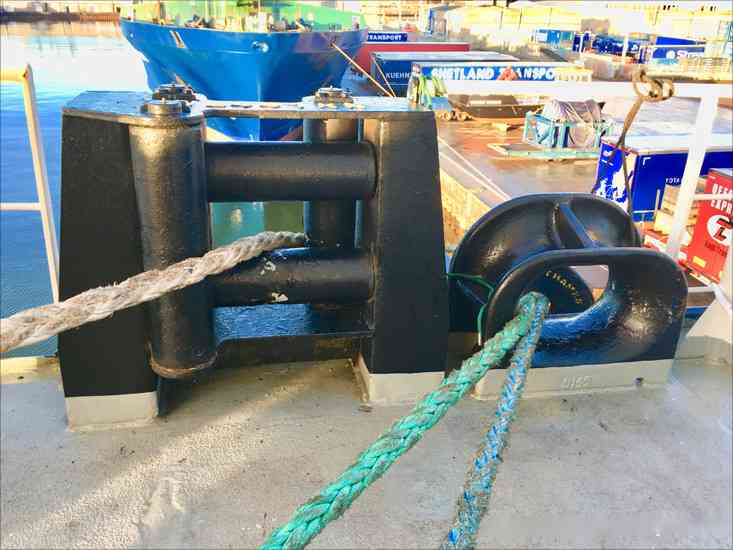Contents
Mooring chocks play a vital role in securing vessels during docking and mooring operations. However, with various standards governing their design and performance, choosing the right mooring chock can be a complex task. This article delves into the key differences among prominent mooring chock standards like ISO, JIS, DIN, and NS. We’ll explore how these standards address load capacity requirements and provide practical guidance on ensuring your chosen chock meets the necessary safety criteria. By understanding these factors, you can make informed decisions when selecting mooring chocks, ultimately contributing to the safe and reliable operation of your vessel.
ISO13729 Closed Chock
What Are the Key Differences Among Different Mooring Chock Standards?
| Feature | ISO | JIS | DIN | NS |
| Originating Organization | International Organization for Standardization | Japanese Industrial Standards Committee | Deutsches Institut für Normung | Norsk Standard |
| Primary Focus | Global standard for a wide range of industries | National standard for Japanese products and industries | National standard for German products and industries | National standard for Norwegian products and industries |
| Emphasis | Dimensional specifications, performance requirements, testing procedures | Material specifications, dimensional specifications, performance requirements | Dimensional specifications, performance requirements, testing procedures | Dimensional specifications, performance requirements, testing procedures |
| Common Applications | Mooring chocks for vessels of various sizes and types | Mooring chocks for Japanese vessels and offshore structures | Mooring chocks for German vessels and offshore structures | Mooring chocks for Norwegian vessels and offshore structures |
| Recognition | Widely accepted globally | Recognized in Japan and other countries with close trade ties to Japan | Recognized in Germany and other countries with close trade ties to Germany | Recognized in Norway and other countries with close trade ties to Norway |
This table provides a general overview of the key differences among the mentioned mooring chock standards. It is not an exhaustive comparison, and specific requirements may vary depending on the exact standards and their versions. Always refer to the official standards documents for comprehensive and up-to-date information. These standards may have different versions or editions over time. It’s crucial to use the latest relevant version for specific applications. Compliance with one standard may not automatically guarantee compliance with another. Refer to the specific requirements of each standard for details. Consulting with experts in marine engineering and standardization is advisable when selecting and applying mooring chocks based on relevant standards.
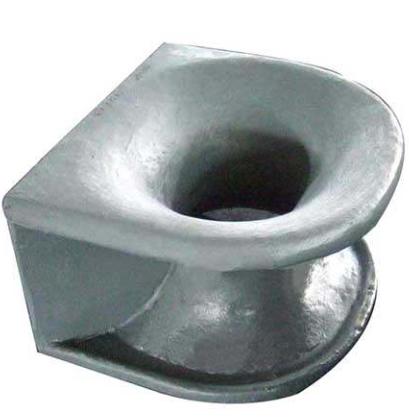
GOST25056 Deck Mounted Mooring Chock
Are There Any Specific Load Capacity Requirements for Mooring Chocks Based on Standards?
Yes, all major mooring chock standards specify the load capacity requirements for mooring chocks. Mooring chocks are essential for securing vessels to docks and berths. They withstand the immense forces exerted by mooring lines, which can vary greatly depending on vessel size, wave conditions, and wind speeds. However, how they address these requirements may vary slightly. Here is a breakdown:
- ISO Standards: ISO standards frequently specify performance requirements for mooring chocks rather than load capacities. These requirements include testing procedures to simulate mooring loads and ensure the chock can withstand these forces without failure. Specific test loads are frequently determined by factors such as the size and type of vessel for which the chock is designed.
- JIS Standards: JIS standards may include a combination of performance requirements and minimum breaking loads (MBLs). MBL is the maximum load a chock can withstand before breaking. MBL values are typically related to the size and design of the chock.
- DIN Standards: Similar to ISO, DIN standards often define performance requirements through testing procedures. They may also reference minimum breaking load values from other standards or industry practices.
- NS Standards: NS standards frequently incorporate existing international standards, such as ISO or EN (European Norms). They may contain additional national requirements specific to Norway. Following the adopted standard (e.g., ISO 17301) would provide information on load capacity via performance testing.
Important Points
- Regardless of the specific approach, all these standards aim to ensure mooring chocks are capable of handling the expected mooring loads safely.
- It’s crucial to consult the specific standard document being used to understand the detailed load capacity requirements for your application.
- Manufacturers of certified mooring chocks will typically provide information on the load capacity of their products based on the relevant standards.
- When selecting mooring chocks, consider not only the minimum breaking load but also factors like working load limit and safety factors.
- Always consult with a qualified marine engineer to determine the appropriate load capacity requirements for your specific vessel and mooring scenario.
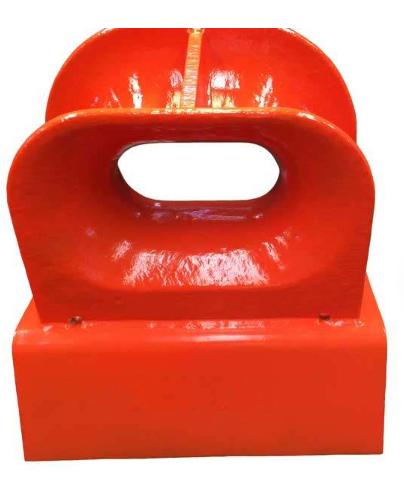
ISO13713 Mooring Chock
How Do I Ensure My Chosen Mooring Chock Meets the Necessary Standards?
Here’s how you can ensure your chosen mooring chock meets the necessary standards:
- Identify Applicable Standards: Consider your vessel’s location and operations. Different countries and classification societies may have different requirements.
- Select a Certified Mooring Chock: Reputable manufacturers will have their chocks tested and certified by accredited laboratories against the applicable standards. Request the chock’s certificate of compliance, which should include the standard it meets and the load capacity rating.
- Verify Load Capacity Requirements: Examine the chosen standard to determine how it defines load capacity (performance testing, MBL values, etc.). Consult your vessel’s specifications to determine the expected mooring loads based on its size and operating environment. Ensure that the chock’s certified load capacity exceeds the expected mooring loads by a sufficient safety factor.
Conclusion
Selecting the appropriate mooring chock is crucial for guaranteeing the safety of your vessel and personnel during mooring. This article has equipped you with the knowledge to navigate the different mooring chock standards (ISO, JIS, DIN, NS), understand their emphasis on load capacity requirements, and implement strategies to ensure your chosen chock meets all the necessary criteria. Remember, consulting with a qualified marine engineer and relying on reputable suppliers with certified mooring chocks will further enhance your ability to make informed decisions for safe and secure mooring operations. Yushuo as a professional marine mooring chock supplier will give you excellent guides and products, there are two types of our marine mooring chocks: deck-mounted chock & bulwark-mounted chock. Welcome to contact us for more information.

